A Monster In The Shape Of A Girl









chelsea g. summers, a certain hunger / ginger snaps (2000) / joan macleod, the shape of a girl / L’AQUART - jade medusa, 2020 / john collier - lilith, 1887 / florence + the machine, “howl” / battle royale (2000) / brenna twohy, “swallowtail” / caravaggio - judith beheading holofernes, 16th c. / herbert james draper - ulysses and the sirens, 1909 / william etty - the sirens and ulysses, 1837 / alicia ostriker, “in the 25th year of marriage, it goes on” / gone girl (2014)
a monster in the shape of a girl
More Posts from Aslanay-vonholle and Others
https://68.media.tumblr.com/ce602a3dc51ca5fb8a74a6f55f5dae1a/tumblr_nnt5rfQx4G1snusg4o2_250.gif
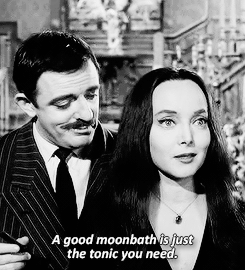
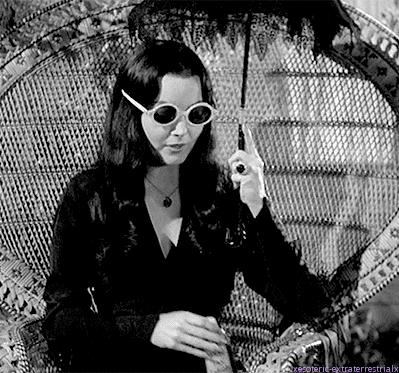


If you thought that my dad and I did not saw the head off a ballerina ornament and put a Santa head in its place, that I did not remove his hat and trim his beard and paint his hair, that my mom did not sew a tiny velvet jacket onto him, if you thought that we do not have a dainty tutu’d Tchaikovsky on our Christmas tree, you were dead wrong, here he is
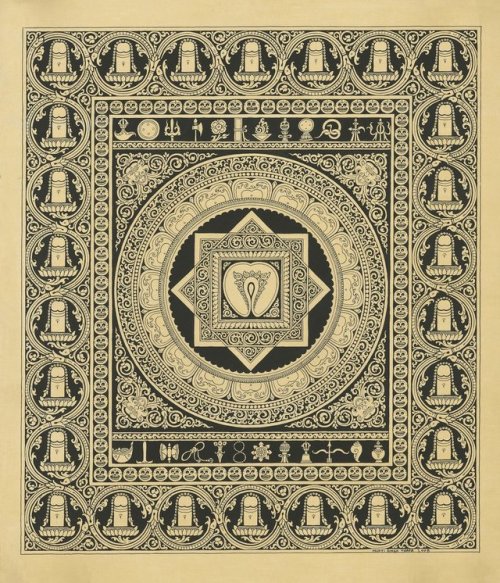
Yoni and lingam yantra by Mukti Singh Thapa, Nepal
The most under-appreciated film in history has to be The Prince of Egypt. I mean, I don’t care if you follow the religion, this a good fucking movie.
I mean, look at the love they put into the Egyptian culture and hieroglyphics:


Everybody is actually a realistic color of where they live:


ThE MOTHERFUCKING ART THEY PUT INTO THIS MOVIE


The fucking music alone won a fucking oscar people:

The fucking cast like have you seen this line-up???:

Strong female characters:


And last but not least - THE. MOTHER. FUCKING. BEAUTIFUL. HAIR:




and best of all, even though it’s based off of a bible story, it isn’t trying to ram god down your throat. legit the whole movie is about loving yourself and others
Dear Gaiman, I'm not a huge fan of Sandman (I'm more into good omens and American gods and anansi boys) but my dad read it few years ago. He once told me that he was friends with cinamon,the girl who death was based off of. My dad says they met through being among with the other homeless kids in the area. Is cinamon a real person and if so, did you know her? P.S. my dad still has an autographed poster where you wrote "eat something" because he was so skinny at the time
Yes, her name was Cinamon Hadley, and she was a friend of Mike Dringenberg, the artist, who borrowed her face and look for Death.

I didn’t know her, although we sent messages to each other from time to time, but I wish I had. She died in 2016.
Dido Belle and Jane Austen's Fanny Price

With the critical success of the new film Belle, there’s a lot of interest in the life of its heroine, Dido Belle. Many have even hailed the movie as as Austen-esque, with it being centered around a headstrong, 18th century woman who doesn’t quite fit in with her stuffier surroundings. And yet, there is quite a bit of (circumstantial) evidence that suggests that it was Jane Austen who was inspired by Dido’s story for her novel, Mansfield Park.
About a year ago, I wrote a research paper on the historical and literary events that may have influenced Austen’s Mansfield Park. If you’re interested in the subject, here’s some excerpts from that paper, including some of the sources I used:
“Historically speaking, the characters of Fanny Price and the Lord and Lady Betram seem to have been loosely based on the life of Dido Belle, the illegitimate daughter of a British Admiral and African slave, who was sent to live with her uncle in England…
There is evidence to back up the fact that Austen knew about the life of Dido Belle and the Mansfield family. Lord Mansfield was a Lord Chief Justice and a distinguished figure of society, whose “public image…[was] of a brilliant judge and a man of impeccable integrity… famous for his silver-tongued oratory” (Adams 1). In 1772, he made a controversial decision in the case of a black man, James Somerset, who was being forced to leave England to be sent back the American colonies as a slave. Lord Mansfield ruled in Somerset’s favor, essentially freeing the man from his enslaved state. This case became “widely interpreted to mean that all enslaved people in England must be ‘discharged’… [giving] great momentum to the movement of abolition”(Jones). The circumstances of this case is believed to have partially influenced William Cowper’s poem The Task, a poet whom Austen is known to have read and alluded to in several of her books, including Mansfield Park (Pemberly). Christine Kenyon Jones, in her essay “Ambiguous Cousinship: Mansfield Park and the Mansfield Family,” sees the following lines as evidence of Mansfield’s ruling as being influential in Cowper’s writing: We have no slaves at home—then why abroad? And they themselves, once ferried o’er the wave That parts us, are emancipate and loosed. Slaves cannot breathe in England; if their lungs Receive our air, that moment they are free, They touch our country and their shackles fall. (2.37-42) The imagery of the first line compares “slaves at home” to slaves “abroad,” making the case that it is hypocritical to want one’s own immediate surroundings to have the appearance of moral uprightness, while simultaneously profiting from slavery abroad and away from view. One can apply this to Mansfield’s own household, as well as Sir Thomas’ in Mansfield Park: once Sir Thomas returns from his plantation in Antigua that he desires to treat Fanny as an equal instead of as the kind of servant she is used to being treated as; likewise, it was widely speculated at the time that Mansfield’s ruling was partly influenced by the presence of his niece, Dido, who was, after all, the product of his own nephew’s capture of a slave woman and taking sexual advantage of her. That is, his first-hand experience with slavery and its effects may have given him a fuller perspective of the horrors of enslaving human beings.
In addition to the possibility of Austen being influenced by Cowper’s poem and Lord Mansfield’s reputation, she was also acquainted with Lady Elizabeth Finch-Hatton, who was the cousin and childhood companion of Dido Elizabeth Bell. Citing Austen’s letters as evidence, Jones suggests that her association with Lady Elizabeth inspired the “elegant-but-dumb” character of Lady Bertram of Mansfield Park and even Lady Middleton from Sense and Sensibility. In a letter to her sister Cassandra, Austen imparts her meeting of the Hattons in August of 1805: “Fortune was also very civil to me in placing Mr. E. Hatton by me at dinner. I have discovered that Ly. Elizth for a woman of her age & situation, has astonishingly little to say for herself…” (CE, #45). Jones believes that Austen’s remarks suggest that “she was aware of Lady Elizabeth’s ancestry and origins, and was disappointed not to find her a more interesting person or forthcoming I conversation.” In her later letters, however, this disappointment in Lady Elizabeth’s lack of personality becomes amusement for Jane and Cassandra, just as Lady Bertram’s presence in Mansfield Park provides comic relief. In another letter, Austen briefly mentions her with some mocking: “Lady Eliz. Hatton & Anna-maria called here this morng;-Yes, they called,-but I do not think I can say anything more about them. They came & they sat & they went” (CE, #91). Here, Lady Elizabeth’s presence is mute and unremarkable; yet despite her seeming lack of personality, Austen mentions her several times in her letters in much the same way, suggesting that while colorless and dull, she was worth mentioning for this same reason. In Mansfield Park, nearly every mention of Lady Bertram is irrelevant and unrelated to the plot—she is referenced as a side note or afterthought.
Austen often mentions her in terms of her non-presence, as in her unenthusiastic, almost lifeless responses to the events that occur around her. Often, “Lady Bertram [makes] no objection” (89), “[makes] no opposition”(41) or is “perfectly quiescent and contented, and with no objections to make” (264). Austen seems to be consciously making correlations between Lady Elizabeth and Lady Bertram. The luxurious lifestyle of both women contrasts greatly next to their relationship with their less fortunate relatives, Dido and Fanny, and the similarities of their stories do not seem coincidental. It is almost a certainty that Austen knew of Dido Belle’s story, and makes use of it in her creation of the character of Fanny Price.
Dido Belle and Fanny Price have a lot in common. Both begin life with disadvantages. While Fanny is born into a poor, overcrowded household, Dido was born to a slave. Both girls were sent to live with wealthy relatives who could better provide for them. Because of her mixed-race status, Dido’s role at Kenwood was rather unclear, much like Fanny’s presence at Mansfield. When Fanny arrives to Mansfield, she is made to believe herself unequal to her cousins, and is treated like a servant by Mrs. Norris and Lady Bertram. An invitation to live with rich relatives should have been a privilege to appreciate, but as Christine Kenyon Jones points out, Fanny is, at first, made to feel reliant on their benevolence. Jones explains that though Fanny receives “the advantages of comfort, wealth, and education…Fanny was a poor relation whose status at Mansfield was unregulated and totally dependent upon the good-will and affection of those around her.” Dido Belle, while given better treatment than most slaves or even servants, was still considered unequal to her cousin, Lady Elizabeth, who also lived at Kenwood. Thomas Hutchinson, an American who visited Kenwood, made detailed observations of Dido Belle in a 1779 diary entry. At one point, he speculates that Dido is some kind of glorified servant: “And she was called upon by my Lord every minute for this thing and that, and shewed the greatest attention everything he said” (Adams). Jones concludes her argument for the connection between Dido and Fanny: “While neither the novel nor the painting is ‘about’ slavery, both evidently allude to its effects and probe the uncomfortable realities of inequality, power, and obligation concealed beneath the smooth surface of family representation.” Austen’s allusion to Dido’s life adds depth to Mansfield Park beyond its rags-to-riches storyline.”
Works Cited:
Adams, Gene. “Dido Elizabeth Belle: A Girl at Kenwood.” Camden History Review 12 (1988). Web.
Jones, Christine Kenyon. “Ambiguous Cousinship: Mansfield Park and the Mansfield Family.” Persuasions Online 31.1 (2010). Web.
Slavery and Justice at Kenwood House. n.d. Web.
(To cite my essay, please refer to MLA handbook and use “Violet Pamplempousse” as the author)


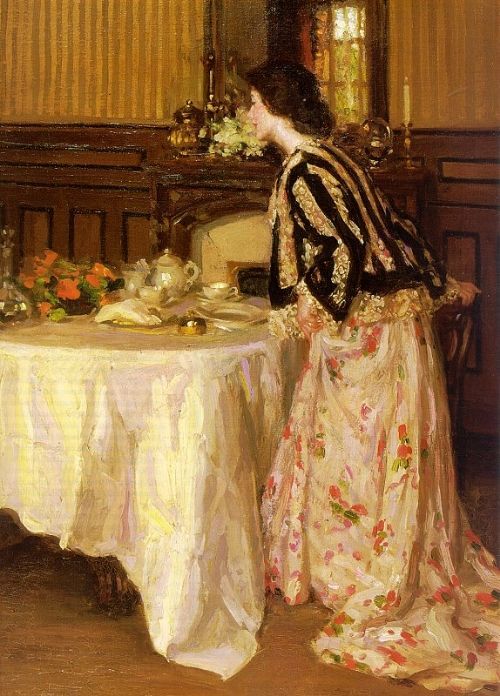







Mysteries of Life (Tea)
1. Tea by George Dunlop Leslie
2. The Serving Girl, Emil Brack
3. “Tea Time” (Henry Salem Hubbell, 1909)
4. Eva Gonzales (1849-1883) - “Le Thé”
5. Charles Bittinger Afternoon Tea (1912)
6. At The Fireplace “ Delphin Enjolras“
7. Henry Salem Hubbell (1870 – 1949) “Ladies Having Tea”
8. Portrait of a Woman in a Turkish Costume by Jean Baptiste Van Loo
9. Raimundo de Madrazo y Garreta- “Portrait of a Lady”
10. James Francis Day (American, 1863-1942) - Afternoon tea
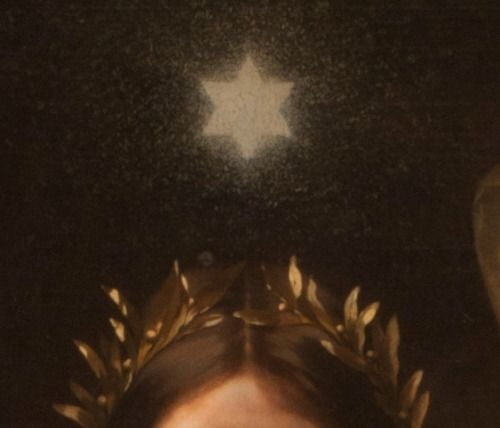
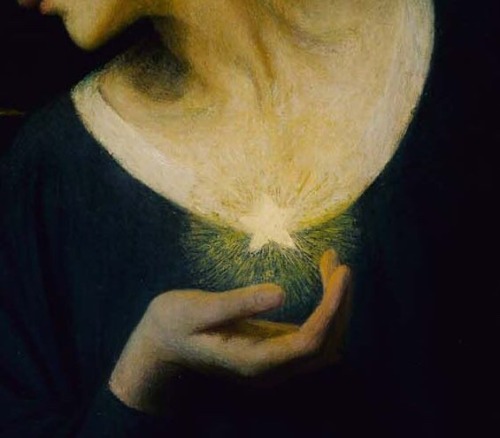
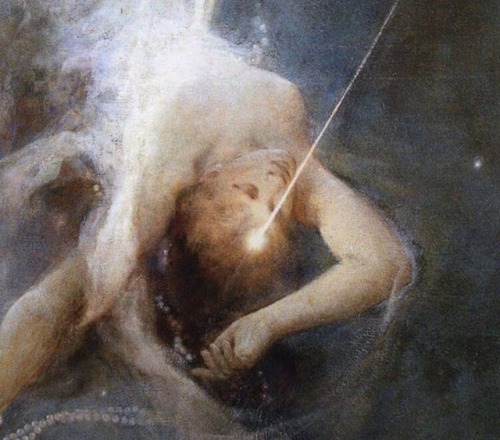
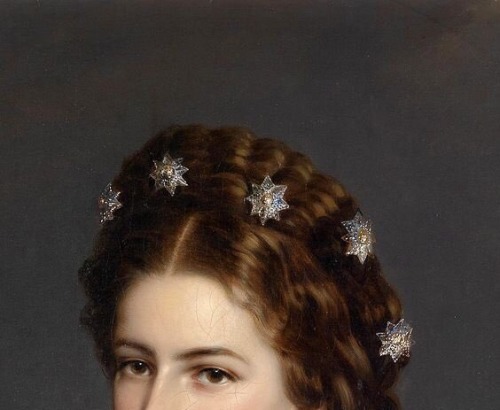
1 - Pandora, Jules Joseph Lefebvre 2 - Night and Her Daughter Sleep, Mary L. Macomber 3 - Spadajaca gwiazda Falling Star, Witold Pruszkowski 4 - Empress Elisabeth of Austria, Franz Xaver Winterhalter










Fashion icons in 1960′s film
Audrey Hepburn as Holly Golightly in Breakfast at Tiffanys (1960)
Jean Seberg as Patricia in Breatless (1960)
Anne Bancroft as Mrs. Robinson in The Graduate (1963)
Natalie Wood as Helen in Sex in the Single Girl (1964)
Anna Karina as Marianne in Pierrot Le Fou (1965)
Sharon Tate, Patty Duke, and Barabara Parkins as Jennifer, Neeley, and Anne in Valley of the Dolls (1967)
Jane Fonda as Corie in Barefoot in the Park (1967)
Faye Dunaway as Bonnie in Bonnie and Clyde (1967)
Catherine Deneuve in Belle De Jour (1967)
Jane Birkin as Penelope in La Piscine (1969)
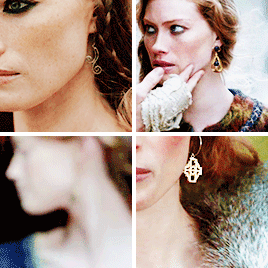
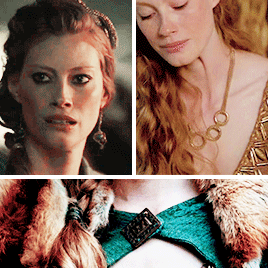
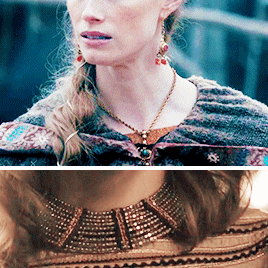
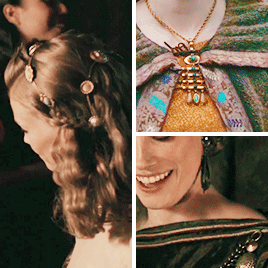
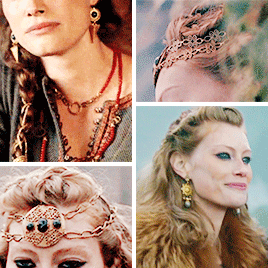
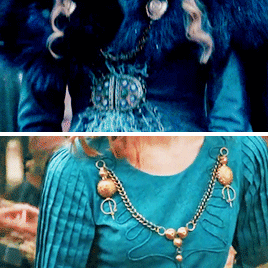
Costume Appreciation: Aslaug + Jewelry/Accessories (Vikings)
-
 candelabianchi liked this · 1 month ago
candelabianchi liked this · 1 month ago -
 non-comformist liked this · 1 month ago
non-comformist liked this · 1 month ago -
 non-comformist reblogged this · 1 month ago
non-comformist reblogged this · 1 month ago -
 khastolie reblogged this · 2 months ago
khastolie reblogged this · 2 months ago -
 frogmeat-proteinbar liked this · 3 months ago
frogmeat-proteinbar liked this · 3 months ago -
 minerva-files reblogged this · 3 months ago
minerva-files reblogged this · 3 months ago -
 yo-mamma-69 liked this · 4 months ago
yo-mamma-69 liked this · 4 months ago -
 ximptzzz liked this · 5 months ago
ximptzzz liked this · 5 months ago -
 pxppinmolly reblogged this · 5 months ago
pxppinmolly reblogged this · 5 months ago -
 letueurx reblogged this · 5 months ago
letueurx reblogged this · 5 months ago -
 crispycoffeestudent liked this · 6 months ago
crispycoffeestudent liked this · 6 months ago -
 ragnofiglia-a2 reblogged this · 7 months ago
ragnofiglia-a2 reblogged this · 7 months ago -
 marysmirages liked this · 7 months ago
marysmirages liked this · 7 months ago -
 macaulaeys reblogged this · 7 months ago
macaulaeys reblogged this · 7 months ago -
 kafkaesquemess liked this · 7 months ago
kafkaesquemess liked this · 7 months ago -
 babajagka reblogged this · 7 months ago
babajagka reblogged this · 7 months ago -
 babajagka liked this · 7 months ago
babajagka liked this · 7 months ago -
 littlbluesalmon reblogged this · 7 months ago
littlbluesalmon reblogged this · 7 months ago -
 littlbluesalmon liked this · 7 months ago
littlbluesalmon liked this · 7 months ago -
 incrediblue reblogged this · 7 months ago
incrediblue reblogged this · 7 months ago -
 ninjaskillznstuff2 liked this · 7 months ago
ninjaskillznstuff2 liked this · 7 months ago -
 middlestsister liked this · 7 months ago
middlestsister liked this · 7 months ago -
 lighterlaughter reblogged this · 7 months ago
lighterlaughter reblogged this · 7 months ago -
 leucoma liked this · 7 months ago
leucoma liked this · 7 months ago -
 epifaniacintilante liked this · 8 months ago
epifaniacintilante liked this · 8 months ago -
 sleepydreameroncloud9 reblogged this · 8 months ago
sleepydreameroncloud9 reblogged this · 8 months ago -
 jewelz222 liked this · 8 months ago
jewelz222 liked this · 8 months ago -
 okgoreberfest reblogged this · 8 months ago
okgoreberfest reblogged this · 8 months ago -
 girlrct reblogged this · 8 months ago
girlrct reblogged this · 8 months ago -
 mafleal liked this · 9 months ago
mafleal liked this · 9 months ago -
 swango-nikki reblogged this · 9 months ago
swango-nikki reblogged this · 9 months ago -
 grammarhelpp reblogged this · 9 months ago
grammarhelpp reblogged this · 9 months ago -
 cinemachaos liked this · 9 months ago
cinemachaos liked this · 9 months ago -
 pxppinmolly reblogged this · 9 months ago
pxppinmolly reblogged this · 9 months ago -
 erebus-et-eigengrau liked this · 9 months ago
erebus-et-eigengrau liked this · 9 months ago -
 gaylorvader liked this · 10 months ago
gaylorvader liked this · 10 months ago -
 that-gender-bender liked this · 10 months ago
that-gender-bender liked this · 10 months ago -
 sideblogforreblogging reblogged this · 10 months ago
sideblogforreblogging reblogged this · 10 months ago -
 advertisesouls-a reblogged this · 11 months ago
advertisesouls-a reblogged this · 11 months ago -
 bisclavretlupinmccall reblogged this · 11 months ago
bisclavretlupinmccall reblogged this · 11 months ago -
 bloodin-thebathtub liked this · 11 months ago
bloodin-thebathtub liked this · 11 months ago -
 frankietaylor reblogged this · 11 months ago
frankietaylor reblogged this · 11 months ago -
 reaching-distantskies reblogged this · 11 months ago
reaching-distantskies reblogged this · 11 months ago